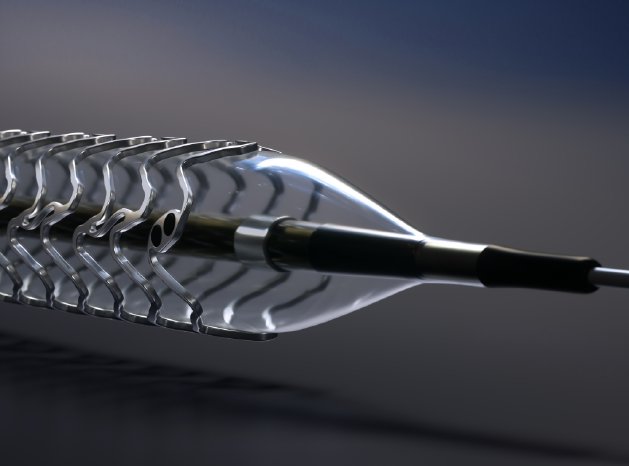Dr. Jacques Koolen, cardiologist at Catharina Hospital, Eindhoven, Netherlands, and co-principle investigator and steering committee member of the BIOFLOW-V study, presented the latest addition to Orsiro’s body of clinical evidence. In this large international study, Orsiro reached unequivocal non-inferiority in the primary endpoint of target lesion failure (TLF) at 12 months versus Xience3 (6.2 percent vs 9.6 percent, p=0.04). Furthermore a post-hoc superiority analysis demonstrated a 96.9 percent probability of Orsiro being superior to Xience in terms of TLF at 12 months.
Dr. William Wijns, professor of interventional cardiology at the Lambe Institute for Translational Medicine, Galway, Ireland, explored the question: why do we need scaffolds? ”While recognizing the limitations of currently available resorbable scaffolds, we must also acknowledge that DESs still show progression of events in the late follow-up,” Dr. Wijns stated. “The goal of resorbable scaffolds is not only to decrease or eliminate those late events but also to restore the vessel anatomy and functionality, to restore a low thrombogenic milieu and potentially eliminate neoatherosclerosis.”
Finally, Dr. Michael Joner, professor of interventional cardiology at the German Heart Center, Munich, Germany, presented new Magmaris pre-clinical results. As Magmaris still reports zero percent definite and probable scaffold thrombosis in clinical trials, Dr. Joner presented new results on the formation of neoatherosclerosis with Magmaris compared to a stainless steel equivalent with identical design. The results demonstrate that Magmaris shows significantly lower levels of lipid-laden foamy macrophages – a sign of early neoatherosclerosis, compared to the stainless steel version. “These results once more lead us to believe that the backbone material might be influencing the outcomes, and that vascular restoration occurs early in Magmaris allowing for compensatory vessel remodeling,” stated Dr. Joner.
About Orsiro
The ultrathin 60 micron Orsiro Drug-Eluting Stent (DES), launched in 2011, features the latest development in BIOTRONIK stent technology – a unique solution that combines passive and active components. proBIO passive coating encapsulates the stent and minimizes interaction between the metal stent and the surrounding tissue. BIOlute active coating contains a highly biocompatible polymer that delivers a limus drug via a bioabsorbable matrix.
About Magmaris
Magmaris is a limus-eluting resorbable magnesium scaffold. Due to the scaffold’s magnesium backbone, it offers novel benefits that only a metallic scaffold can offer including improved deliverability, stronger radial support compared to PLLA alternatives and a fast resorption time of approximately 12 months. In addition, the proven BIOlute coating ensures controlled limus drug release.
References:
1 CAUTION – Investigational device in the United States. Limited by US law to investigational use.
2 Not currently available in the United States.
3 Xience is a registered trademark of Abbott Cardiovascular Systems.



